-
Winter Storm Lorraine brought heavy snow, strong winds and cold temperatures to New York on Tuesday.
-
The storm hit just a few days after a weekend of warm, spring-like temperatures.
Experts say such "whiplash weather" events are becoming more common due to climate change.
Lorraine came hot on the heels of an unseasonably warm weekend in New York, where temperatures reached nearly 60 degrees Fahrenheit on Saturday - a balmy 17 degrees warmer than the NYC average for this time of year.
This episodes of erratic weather can wreak havoc on infrastructure, disrupt travel and even be fatal. For for example, the "Texas Freeze" of February 2021, which suddenly At lower temperatures after a series of above-average heat, 246 people died.
More recently, in January, Montana saw a temperature swing of 94 degrees in the span of just 15 days, and Minnesota plunged into a deep freeze mid-month after experiencing record-breaking warm temperatures in December.
The polar vortex is like a figure skater
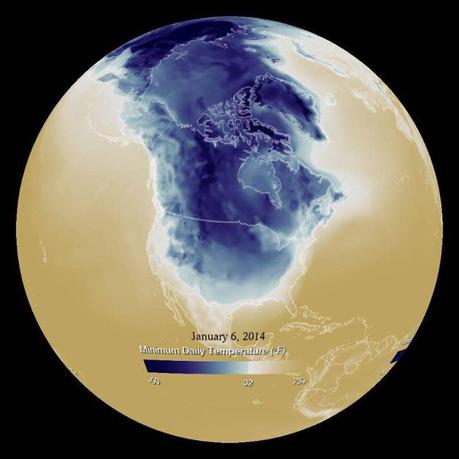
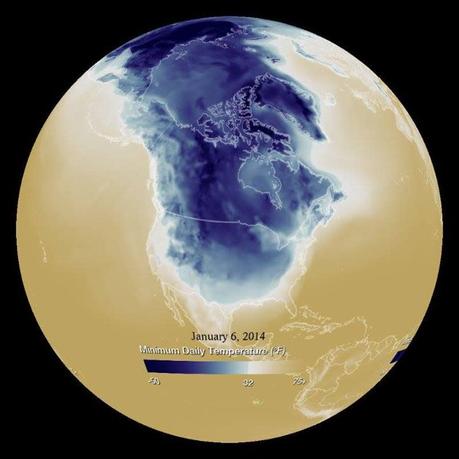
For years, climate scientists thought that Earth's temperature would rise make the weather more erratic in every season except winter, explains Judah Cohen, a climatologist at MIT. In some ways it makes sense: rising global temperatures should create milder winters with fewer storms.
But in reality, the impact of climate change on winter weather is much more complex.
The story continues
"There's another influence we didn't consider a decade ago: the way climate change happens can influence the behavior of the polar vortex," he said.
The polar vortex is a large area of low pressure and cold air above the North and South Poles. It is called a "vortex" because it flows counterclockwise in a continuous circle, trapping cold air at the poles.
But as the polar vortex slows, its grip on this cold air loosens. This is the cause of outbreaks in the Arctic, such as in Lorraine: when cold air in the polar jet stream flows to lower latitudes.
It is normal for this grip to loosen or tighten slightly. The polar vortex tends to weaken in summer and strengthen in winter. But climate change is disrupting this cycle.
"The way climate change is happening in the Arctic is promoting this weak polar vortex," Cohen said. "Then you have a greater chance of severe winter weather, cold or snowfall."
Winter storm Lorraine is a direct result of this phenomenon. Last week the polar vortex was strong and tight. But this week it stretched like a rubber band, Cohen said, sending a blast of cold temperatures and snowfall to the East Coast.
Arctic warming is disrupting the polar vortex

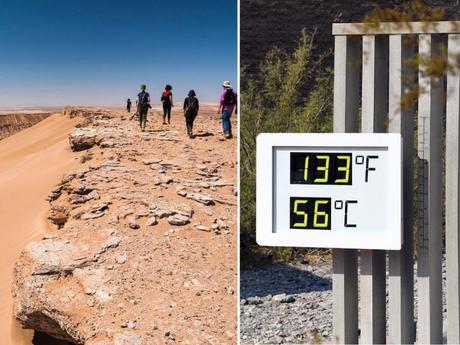
That's because rising temperatures in the Arctic have destabilized the way air flows around the world. In particular, warmer temperatures are amplifying a naturally occurring "wave" of air flowing across Eurasia. When this amplified wave collides with the polar vortex, it disrupts its circulation.
When this happens, the US and Canada will face the worst consequences of the winter blast. "North America is really ground zero for these types of events," Cohen said.
That could explain why the US is still experiencing record-breaking low winter temperatures, despite an overall increase in annual average temperatures, Cohen explains.
The year 2023 may have been the hottest year on record, but some states were still dealing with brutal cold. In February of that year, Boston recorded its coldest day since 1957, and Portland, Oregon experienced its second snowiest day on record.
Brace yourself for stranger winters
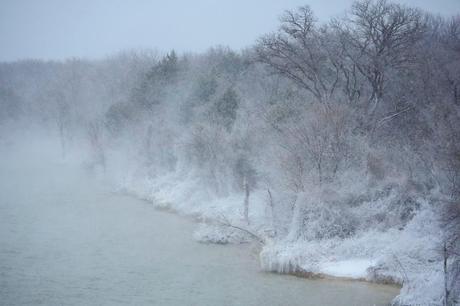
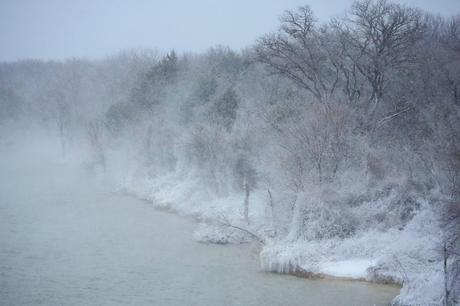
The whiplash weather doesn't appear to be going away anytime soon.
As climate change progresses, the Arctic will continue to warm and polar vortex disruptions may become more common.
"That doesn't promise that this will continue in the future," Cohen said. "But some of these events could continue as long as the conditions supporting these disruptions persist."
Adapting to this new normal poses a unique challenge because the erratic nature of whiplash weather makes it difficult to predict, increasing the threat.This has implications for ecosystems, infrastructure and human health, said Jennifer Francis, atmospheric scientist at Woodwell Climate Ressearch Center.
The demand for heat and electricity can change drastically. And people can suddenly find themselves in dangerous circumstances.
"After a long dry period, a sudden change to heavy rainfall could leave people and communities unprepared," Francis told BI in an email.
And as climate change continues to warm the Arctic, Francis expects we'll see more of these events.
"Unless we can quickly and dramatically reduce greenhouse gas emissions, we will see a very marked increase in weather whiplash events in the coming decades," Francis wrote.
Read the original article on Business Insider
